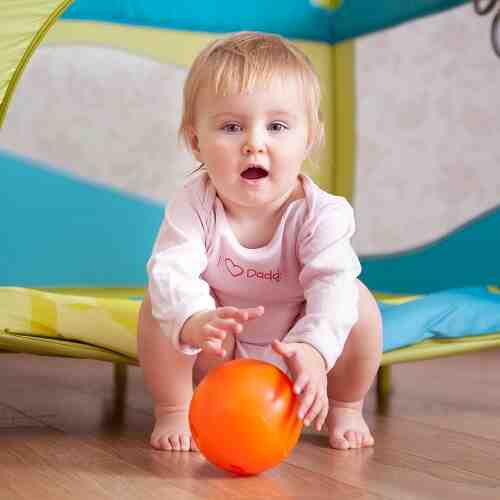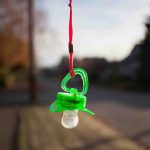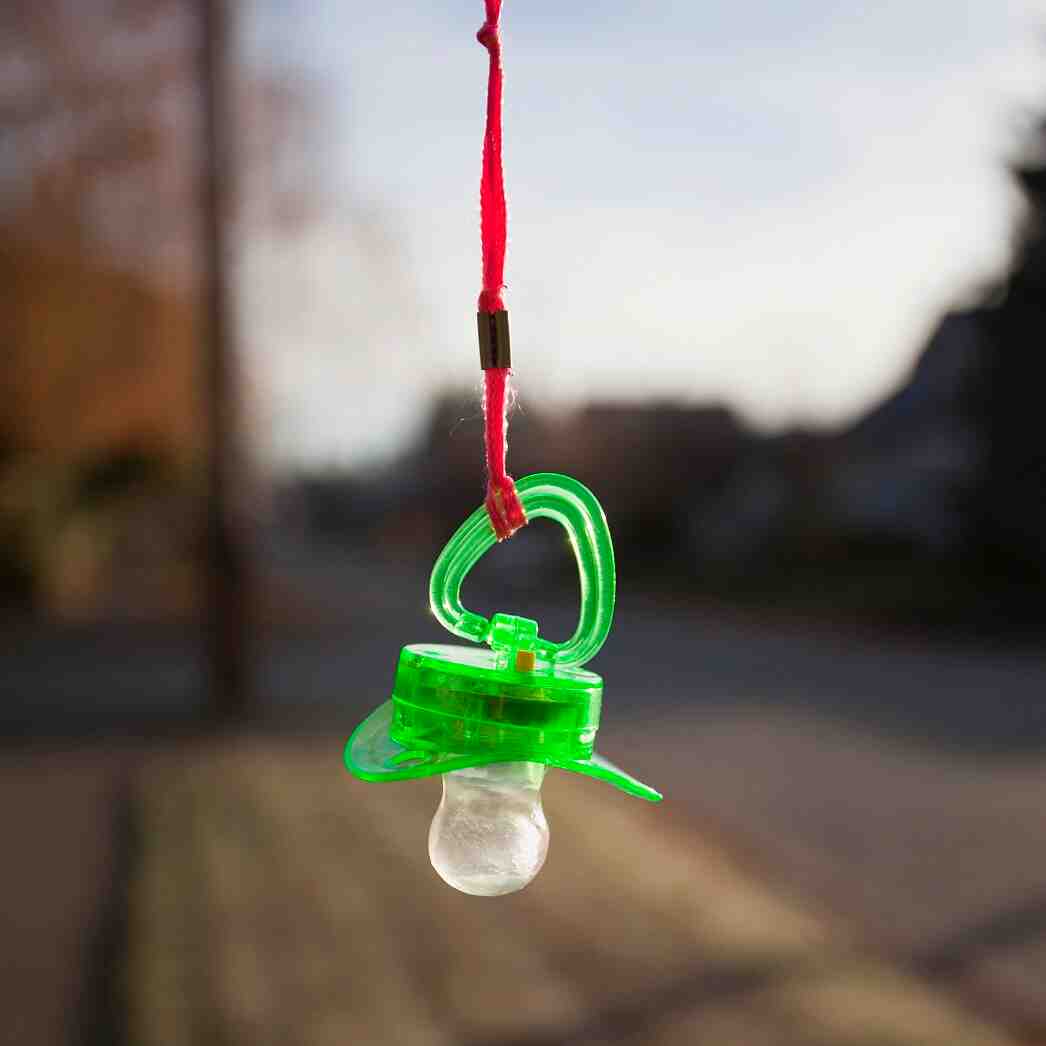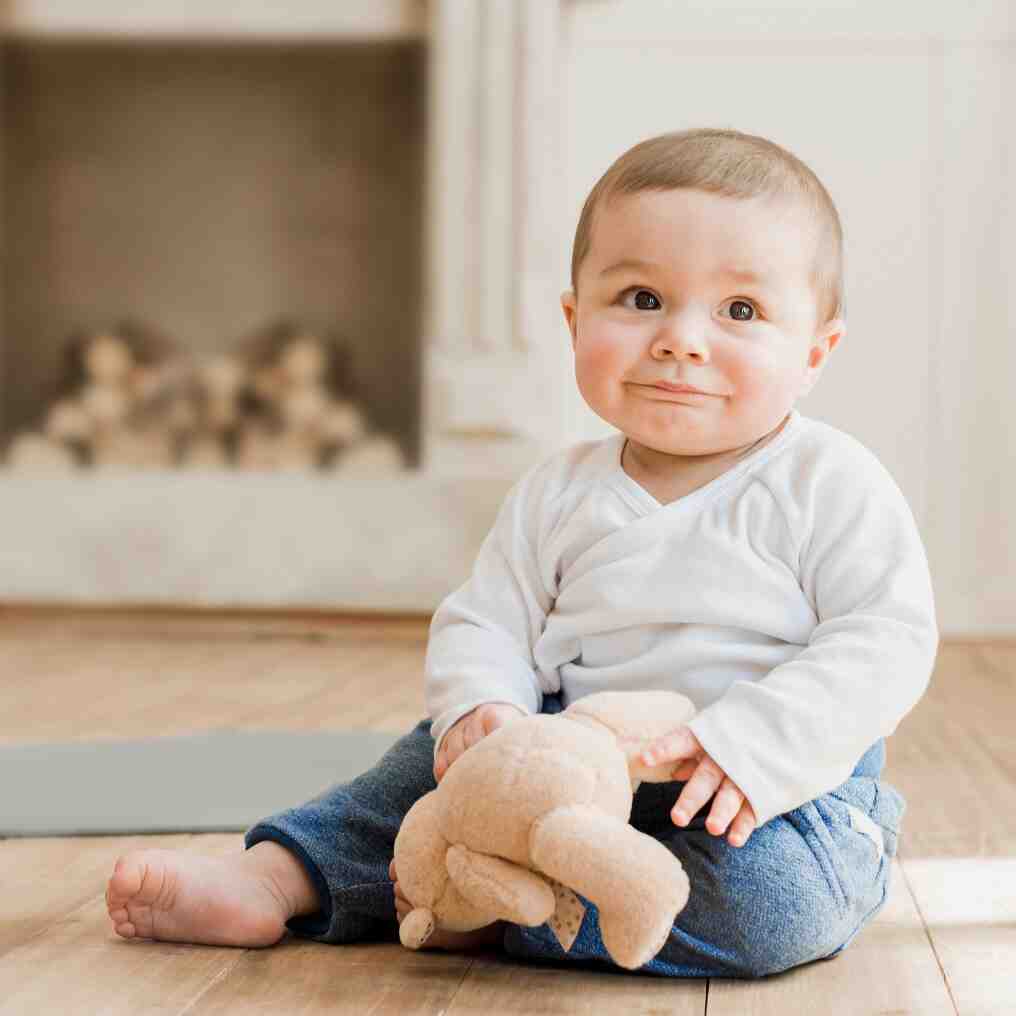Are Gel-Filled Teethers Safe for Babies?
Gel-filled teethers are popular teething toys that provide soothing relief for babies as their teeth begin to erupt. These teethers are designed to be chilled or frozen to offer cooling comfort to sore gums. While they can be highly effective in helping babies cope with teething discomfort, many parents may have concerns about their safety. Let’s take a deeper look into the safety of gel-filled teethers and explore both the benefits and potential risks.
1. How Gel-Filled Teethers Work
Gel-filled teethers are typically made from soft plastic or silicone and are filled with a non-toxic gel. The gel can be chilled in the refrigerator or frozen, which helps to numb the gums and reduce inflammation caused by teething. The cool sensation from the teether is soothing to a baby’s sensitive gums, making it an attractive option for relieving teething pain.
2. Benefits of Gel-Filled Teethers
Gel-filled teethers can be highly beneficial for babies who are going through the teething process:
- Cooling Relief: Chilling or freezing gel-filled teethers provides cooling relief to sore gums, helping to reduce inflammation and discomfort associated with teething.
- Soft and Flexible: These teethers are typically soft and flexible, which makes them easy for babies to hold and chew on.
- Variety of Shapes and Textures: Gel-filled teethers come in a variety of shapes and textures, which can engage babies and offer them different sensory experiences.
- Soothing Sensation: The gel inside the teether adds a unique, soft texture that massages the gums while providing gentle pressure, which can be particularly soothing for babies who are cutting their first teeth.
3. Are Gel-Filled Teethers Safe for Babies?
In general, gel-filled teethers are safe when used as directed, but there are several important factors to consider when choosing and using them:
a. Material Safety
- Non-toxic Gel: Most gel-filled teethers are designed with non-toxic, food-grade gels that are safe for babies. Always check that the product specifically mentions that it is free from harmful chemicals like BPA, phthalates, PVC, or lead.
- BPA-Free: BPA (Bisphenol A) is a chemical often found in plastics, and it can be harmful to babies when ingested. Fortunately, many manufacturers now make gel-filled teethers free of BPA and other toxic substances.
- Non-Leaking: One of the most important safety concerns with gel-filled teethers is the possibility of leakage. If a teether cracks or breaks, the gel inside can leak out. Most gel-filled teethers are made with durable materials to prevent this, but it’s important to inspect the teether regularly for any signs of damage. If a teether starts to crack or leak, it should be discarded immediately to prevent the baby from accidentally ingesting the gel.
b. Temperature Concerns
- Proper Cooling: While cooling gel-filled teethers can offer relief, it’s crucial not to freeze them for too long. Freezing them for an extended period could make them too hard and could potentially harm a baby’s sensitive gums or teeth. Always follow the manufacturer’s instructions for cooling or freezing times to avoid any temperature-related risks.
- Avoid Overheating: Heating a gel-filled teether (for example, by microwaving it) could cause the gel to become too hot and may even cause the teether to burst, which could pose a choking hazard. Always ensure that the teether is cooled down to a safe temperature before giving it to your baby.
c. Choking Hazards
- Durability and Design: The soft plastic and gel materials used in these teethers are typically safe, but there is still a potential choking risk if the teether breaks into small parts or if the gel leaks out. Always ensure that the teether is intact and in good condition before use.
- Size of the Teether: Ensure that the teether is an appropriate size for your baby. If it is too small, there could be a choking hazard, especially if the baby is able to push the teether into their throat. Always choose teethers that are sized appropriately for the age of your baby.
4. What to Look for When Choosing a Gel-Filled Teether
If you’re considering using a gel-filled teether for your baby, here are some factors to keep in mind:
- Check for Certification: Look for certifications like BPA-free, phthalate-free, and other non-toxic labels to ensure that the teether is safe for babies.
- Examine the Quality: Choose a teether made from durable materials, especially for the outer casing. Check for any signs of wear, cracks, or leaks regularly.
- Choose the Right Size: Make sure the teether is large enough to avoid any choking risk but small enough for your baby to hold and use comfortably.
- Avoid DIY Gel Teethers: Avoid using homemade gel-filled teethers, as you cannot guarantee the safety or non-toxicity of the materials involved. It’s always better to choose a product from a reputable manufacturer.
5. When to Replace a Gel-Filled Teether
Even if a gel-filled teether seems in good condition, it’s important to replace it after a certain period of time or if it shows signs of damage. If the teether begins to crack, leak, or become discolored, it’s time to replace it with a new one to ensure your baby’s safety.
6. Alternative Teething Solutions
If you are unsure about using gel-filled teethers, or if you’re looking for alternatives, there are other options for soothing your baby’s gums:
- Silicone Teethers: These are made from soft, chewable silicone and are often free from gel. They are a safe and durable option.
- Wooden Teethers: Wooden teethers made from non-toxic wood can provide an eco-friendly and safe alternative for babies.
- Frozen Washcloths: Some parents opt to dip a clean washcloth in water, freeze it, and give it to their baby as a teething toy.
Conclusion
Gel-filled teethers can be a safe and effective way to help soothe your baby’s sore gums during teething, but like any baby product, they should be used with caution. By selecting high-quality, non-toxic, BPA-free products and following safety guidelines (such as checking for damage and avoiding extreme temperatures), you can help ensure that your baby’s teething experience is as comfortable and safe as possible. Always inspect the teether for signs of wear, clean it regularly, and ensure that it’s the right size for your baby’s age and developmental stage.





